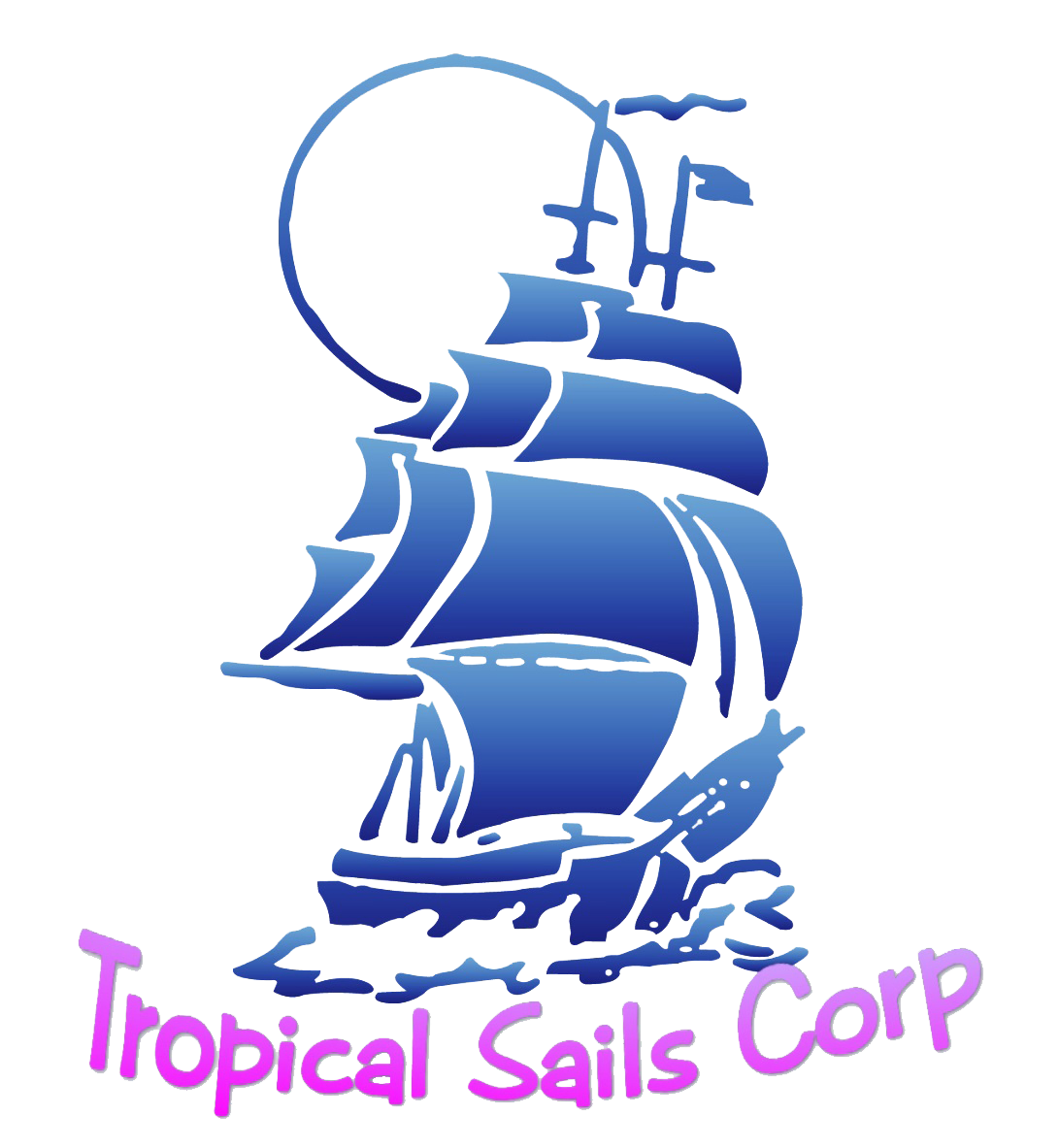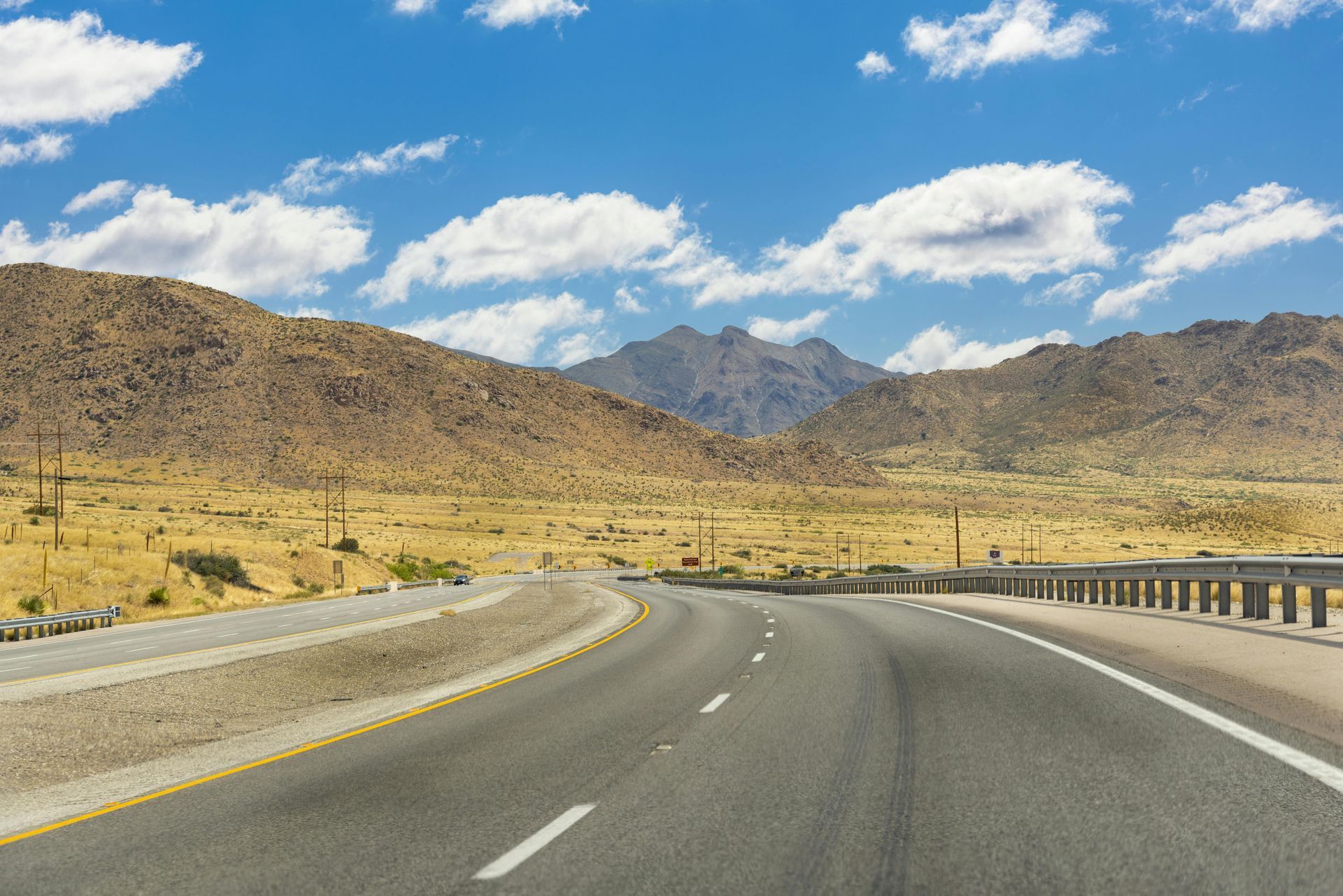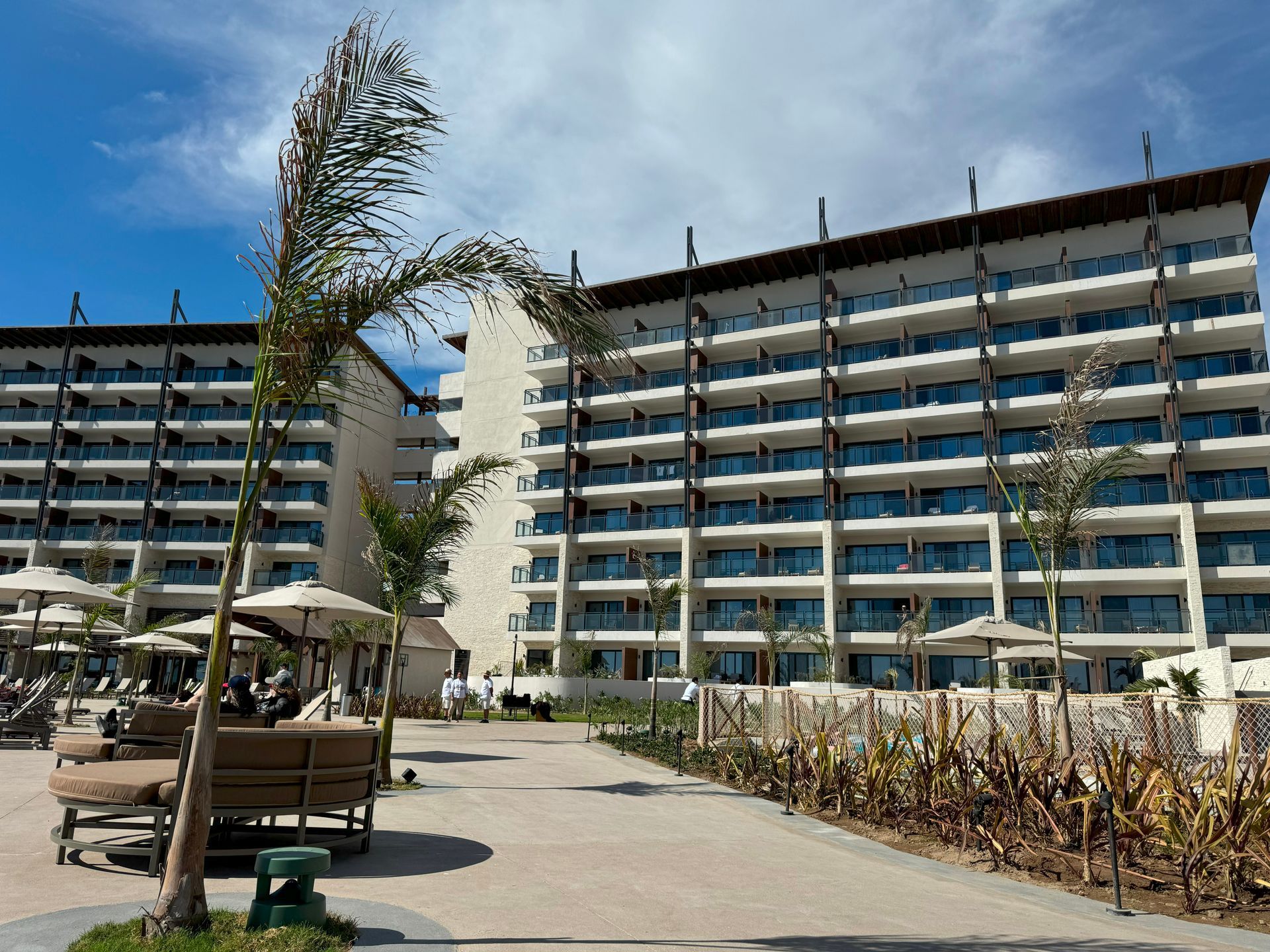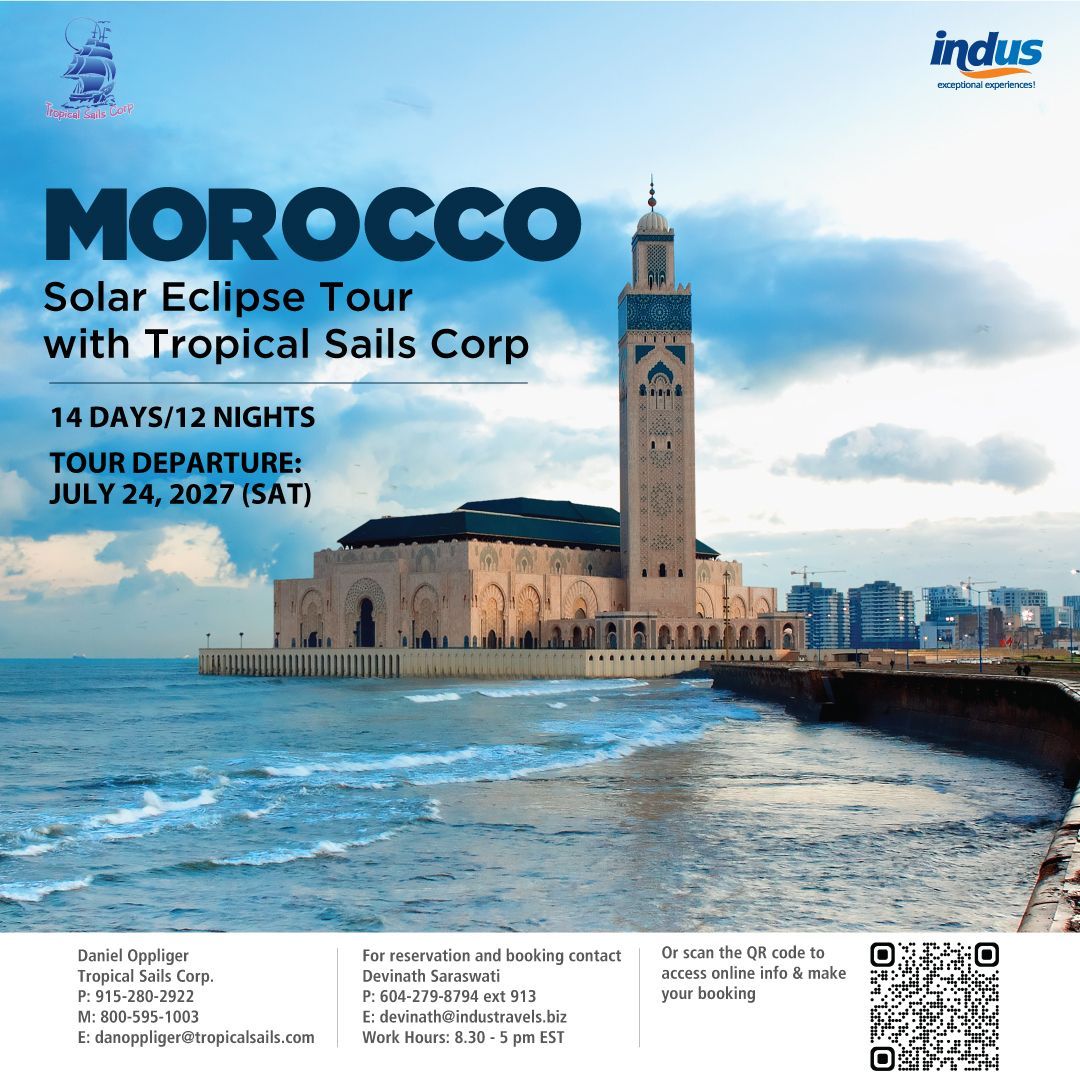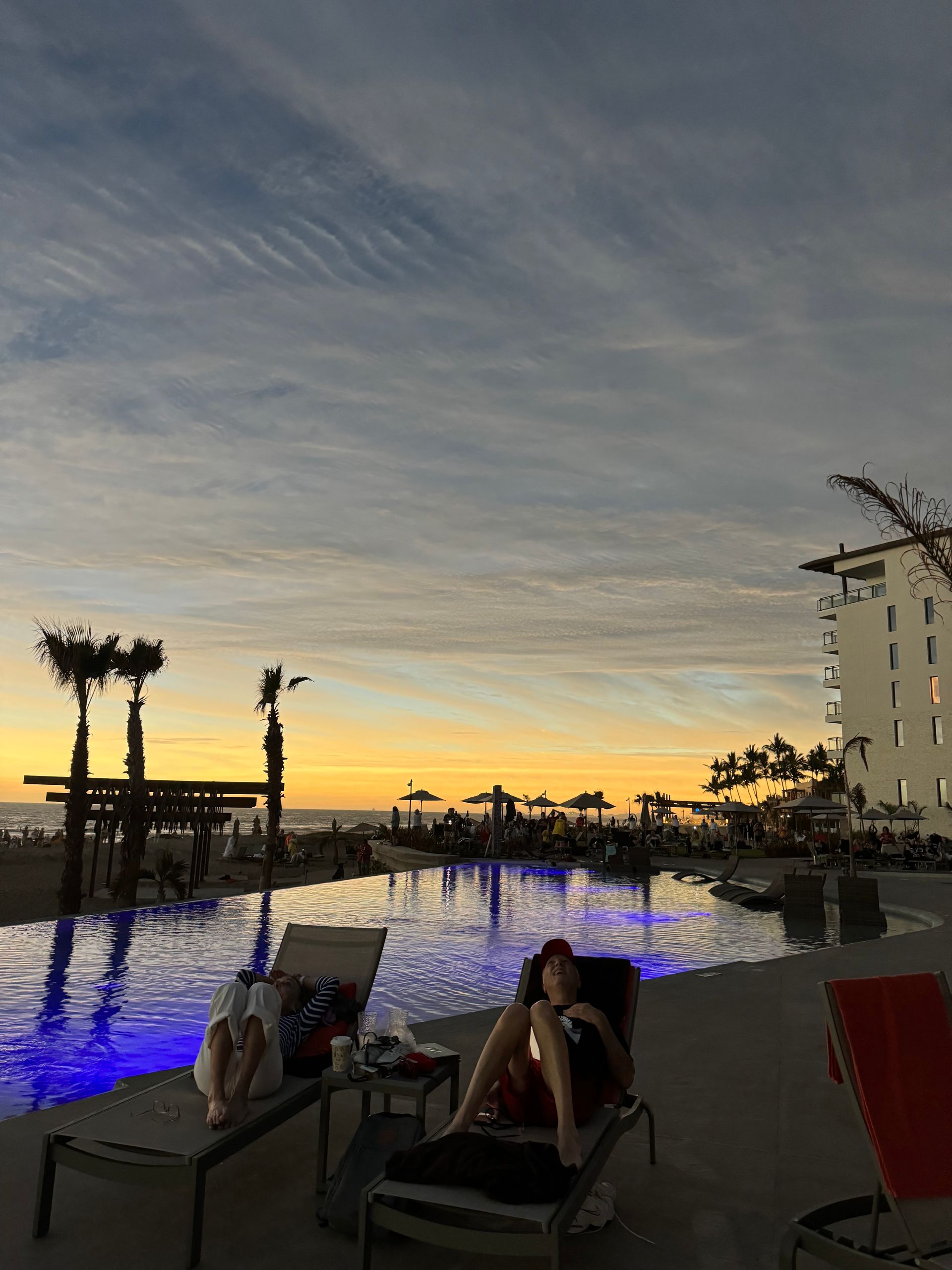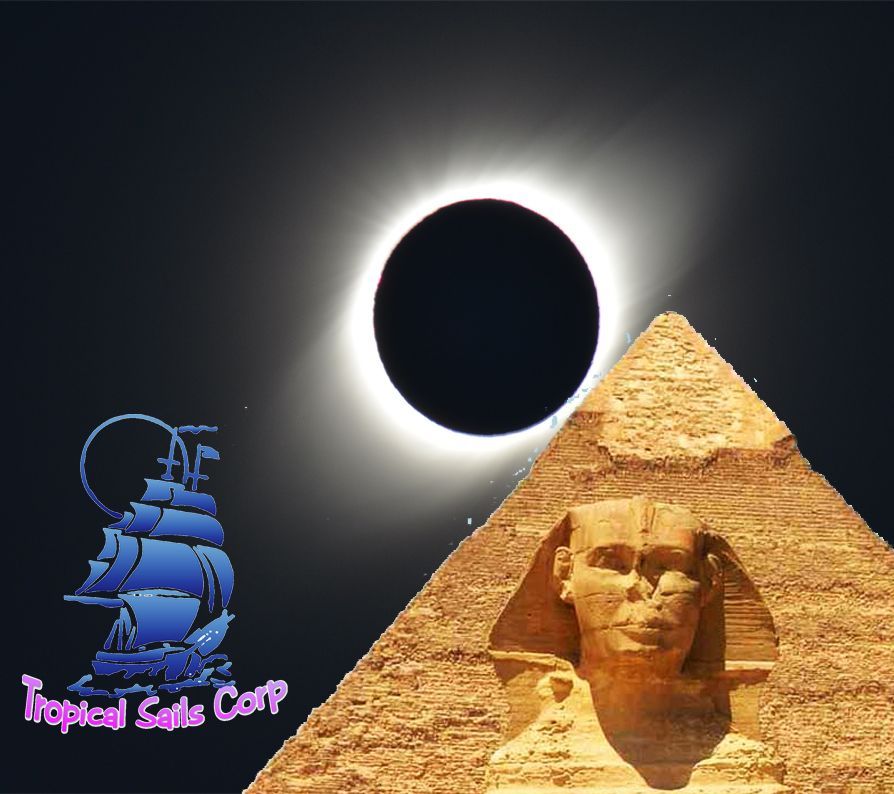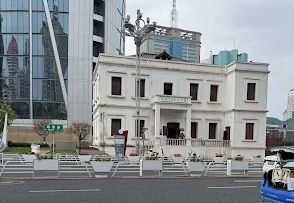Egypt offers one of the longest totalities of the century—up to about 6
minutes 22 seconds near Luxor on August 2, 2027.
For eclipse chasers, pairing rail and Nile cruise unlocks mobility, stability, and contingency in one plan. According to NASA’s eclipse resources, Egypt sits near the track of maximum duration, while the American Astronomical Society explains how to observe safely from first contact through totality.
You want clear skies, smooth logistics, and pro-grade viewing platforms. Pairing the Cairo–Luxor sleeper rail with a curated Nile cruise gives you flexible latitude-longitude options and decks set up for tripods, power, and crowd control. This guide shows how to design a rock-solid plan—with coordinates, climatology, gear, and timing tuned for totality.
When seconds matter, a rail + cruise strategy buys you clear-sky insurance and polished operations from rehearsal to diamond ring.
2027 Total Solar Eclipse Egypt: Viewing Path,
Coordinates, and Totality Duration Explained
Egypt straddles the long-duration core of the August 2, 2027 totality track. Near Luxor, totality can exceed six minutes; toward Aswan, durations are still exceptional.
Target the centerline corridor crossing Upper Egypt. Start with an interactive map to pinpoint centerline coordinates and duration contours. Xavier Jubier’s path tool lets you preview duration at specific Nile bends and temple areas for precise deck positioning and timing windows near second and third contacts.
According to Xavier Jubier’s interactive map, Luxor sits close to peak duration, with convenient river access to centerline points.
Best Weather and Cloud Climatology for Egypt
in August 2027: Picking Reliable Skies
Upper Egypt in August is hot, dry, and usually very clear—great for eclipse odds. Long-term stats favor Luxor–Aswan for low cloud and negligible precipitation.
Historical eclipse-field analyses show high clear-sky frequencies along the Nile in summer. Combine this with local microclimate checks during eclipse week and satellite nowcasting the day before totality. Use multi-day ensemble forecasts to select your final coordinates 12–24 hours out.
Climatology summaries for the 2027 event highlight Upper Egypt’s advantages, while climate normals help refine wind, haze, and visibility expectations. Pair “typical” with real-time data and stay nimble.
Jay Anderson’s Eclipsophile overview and NOAA NCEI climate normals help calibrate your sky expectations.
Cairo to Luxor Sleeper Train Eclipse Travel
Logistics: Tickets, Timing, and Gear Handling
The Cairo–Luxor sleeper keeps your arrival in the path reliable and rested. Overnight berths maximize daytime scouting time on arrival.
Book early and keep your gear list handy. Sleeper cabins fit two; hard cases and padded rollers slide under berths or stack at cabin ends. Confirm baggage limits, and bring a compact cable lock for cases during meals.
Train timing is predictable but allow buffer for rail slack. Arrive in Luxor a full day before the cruise to scout decks and test power. Coordinate with your tour lead on gear check-in for transport to the vessel.
Designing a Nile Cruise Eclipse Itinerary with
Astrophotography Setup and Stable Viewing
Decks
A dedicated, low-vibration deck is your astrophotography foundation. Request fore or upper deck zones with limited foot traffic and controlled lighting.
Lock down deck orientation and sun altitudes for second and third contact. Mark tripod “lanes,” cable runs, and power stations. Align a few centerline waypoints along the cruise route so the captain can adjust for cloud or haze the morning of totality.
Pre-brief passengers on quiet hours, light discipline, and no running near tripods. Practice filter removal and exposure brackets during a sunset drill the night before the eclipse.
Deck Layout and Timing Rehearsal
Run a 15-minute “mock totality” to test timing calls and hand signals. The smoother your routine, the steadier your images when the corona appears.
Eclipse Photography Gear Policies on Nile Cruise Decks: Tripods, Power, and Vibration Control
Tripods are usually allowed, but deck etiquette and vibration control are non-negotiable. Use rubber feet, sandbags, and limit movement during C2–C3.
Confirm power: most ships offer 220V European-style sockets. Bring a quality 220V surge protector and tape down cable runs. Agree on light discipline: red headlamps only, and no phone screens during totality.
Keep your kit lean: one primary imaging rig and one wide-angle for the corona. Test your workflow so you can enjoy the moment.
For practical eclipse imaging setups, see B&H Explora’s eclipse guide.
Optimizing an Egypt Solar Eclipse Tour by Rail and Cruise 2027 for Astrophotographers and Science Educators
Astrophotographers need power, space, and timing; educators need visibility and calm. Carve the deck into zones for rigs, visual observation, and teaching.
Build a simple run-of-show: PA announcements at key milestones, a quiet minute before C2, and a safety call at C3. Keep one crew member on a redundancy station managing time, batteries, and memory cards.
For timing rehearsal and Sun-position planning, tools like PhotoPills help you preview altitudes and contact times for your specific coordinates.
Safety, Permits, and Equipment Checklists: Filters, Power Management, and Data Redundancy
Only ISO 12312-2–compliant solar filters protect your eyes and sensors. Partial phases require filters on optics; remove them only during totality.
Prepare a written checklist: filter-on/off calls, exposure brackets, and a no-gear-movement rule during totality. Pack extra batteries, dual memory cards, and a small UPS or power bank for camera controllers.
Keep a spare filter in a sealed pouch and label all gear with your name and cabin number. A laminated lanyard card prevents mistakes when adrenaline spikes.
Review safe-viewing rules with the AAS Eye Safety guidance.
Sample 6–8 Day Rail + Cruise Flow: Cairo Arrival, Sleeper Rail, Luxor–Aswan Cruise, Eclipse Day Operations
A tight, calm flow delivers better images and a better experience. Aim to arrive early and rehearse often.
Day 1–2: Arrive Cairo, gear check, and briefing. Day 3: overnight sleeper rail to Sohag. Day 4: embark, deck setup, and sunset drill. Day 5: Optional temple visit. Day 6: eclipse day—final forecast call at dawn, position ship, execute run-of-show. Day 7–8: data backups, cultural touring, return.
Early booking secures the best decks and sleeper cabins. Prices rise as capacity tightens; reserve 12–18 months out.
Consider partial or full-ship charters for exclusive deck control. Factor in extra staff for safety, communications, and gear handling. Pad the budget for power distribution, sandbags, and spare filters.
Weather flexibility comes from smart insurance. Look for policies that support rebooking or delay options if a move improves sky odds.
Explore coverage options and CFAR add-ons via Allianz Travel Insurance.
Cultural Add‑Ons for Scientists: Observatory visits, Temple Alignments, and Dark‑Sky Extensions
Blend science with context to deepen the experience. In Cairo, consider the Kottamia Astronomical Observatory through Egypt’s research network if access is available.
On the Nile, weave in temple visits that highlight ancient sky knowledge—then head back to the deck for modern observations. Add a post-eclipse dark-sky night for Milky Way imaging away from urban glow.
For institutional context and potential outreach links, see NRIAG (Kottamia Observatory). For heritage context in Upper Egypt, review UNESCO’s Ancient Thebes listing.
Sustainability and Etiquette on the Nile: Light Discipline, Deck Courtesy, and Local Partnerships
Light discipline keeps the deck safe and the corona visible. Use red headlamps, cover screens, and limit announcements near totality.
Respect fellow observers: mark personal zones and walk wide of tripods. Partner with local crews for training on cable management and quiet operations.
Adopt dark-sky practices that benefit astronomy and wildlife. Simple changes protect the view for everyone.
Learn best practices at the International Dark-Sky Association.
What to Ask Before You Book a Guided Eclipse Tour in Egypt: Operators, Meteorology, and Backup Sites
Good questions expose weak plans before you commit. Push for details on weather decision points, deck control, and gear support.
Ask how many centerline alternates are pre-scouted and what the T–24/T–12-hour moves look like. Confirm socket types, inverter specs, and a no-white-light policy. Request the exact run-of-show for C2–C3 and who calls out time.
If answers are vague, keep looking. A great operator loves sharing specifics.
Summary and Next Steps: Request a Consultation About Your 2027 Eclipse Plan (Conclusion)
A rail + Nile cruise plan gives you mobility, stability, and time—exactly what a long-totality eclipse demands. With Egypt’s clear August skies and river access to the centerline, you can design a confident plan that prioritizes safety, timing, and deck discipline.
Your next step is simple: define your candidate coordinates, pre-wire a deck layout, and schedule dry runs so execution is muscle memory. The payoff is huge—six-plus minutes of totality with images and memories you’ll keep for life.
Build your timeline, lock in cabins and deck rights, and rehearse. Your Egypt solar eclipse tour by rail and cruise 2027 can be both scientifically rigorous and beautifully human.
> Ready to lock your 2027 strategy? Request a one-on-one planning consult to map coordinates, deck design, and a clear-sky decision tree.
FAQ
How long is totality in Egypt during the 2027 eclipse?
Totality in Egypt can exceed six minutes near Luxor, with slightly shorter durations north or south along the Nile. Use trusted maps to refine exact durations at your chosen coordinates and deck position. The NASA 2027 eclipse map is a reliable starting point.
Is a Nile cruise deck stable enough for telephoto eclipse imaging?
Yes, with planning and vibration control. Select low-traffic deck zones, use rubber feet and sandbags, and limit movement during C2–C3. A rehearsal the evening before helps crews maintain light discipline and smooth operations so your long-lens workflow stays steady. See practical setups at B&H Explora.
Do I need solar filters if I’m onboard a ship?
Yes—filters are mandatory for all partial phases, on land or water. Only remove filters during totality, then replace them immediately after C3. Follow ISO 12312-2–compliant guidance and crew announcements. The AAS eye-safety page outlines safe viewing rules.
When should I book sleeper rail and cruise cabins for 2027?
Book 18–24 months in advance for best choice and pricing. Demand will spike as the date approaches, and dedicated deck space is limited. Early reservations also give you time to test gear, refine coordinates, and plan rehearsals with your tour lead.
